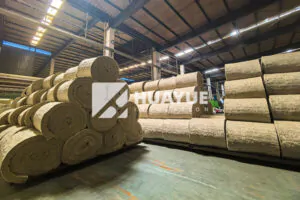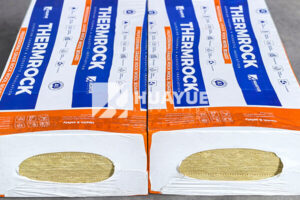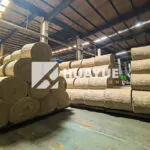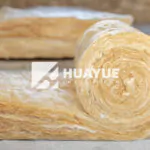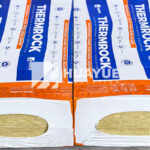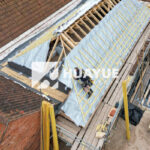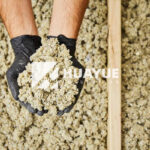Is Rockwool Insulation the Right Choice for Your Crawl Space?
Many homeowners worry about keeping crawl spaces warm and dry, but struggle to pick the best insulation. Unattended, crawl spaces can cause high energy bills and moisture issues.
Rockwool, also known as mineral wool, can insulate crawl spaces effectively because it resists moisture, does not burn, and stops drafts. It is popular for its durability and easy installation.
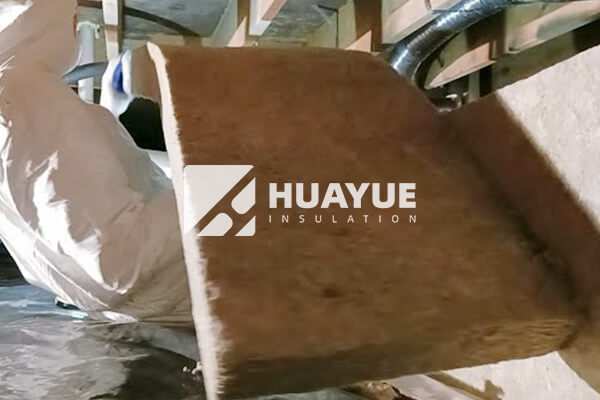
If you want energy savings or less moisture under your floors, keep reading. I will walk you through if rockwool is the right pick, its pros, cons, and alternatives. Knowing the real facts can help you make the best choice for your home.
Can ROCK WOOL be used in crawl space?
Moisture, mold, and temperature swings in crawl spaces frustrate many homeowners. Traditional insulation breaks down, but is rockwool the answer?
Rockwool insulation works well in most crawl spaces as it resists water and mold, keeps heat in, and does not burn. Its fibers maintain shape even if damp.
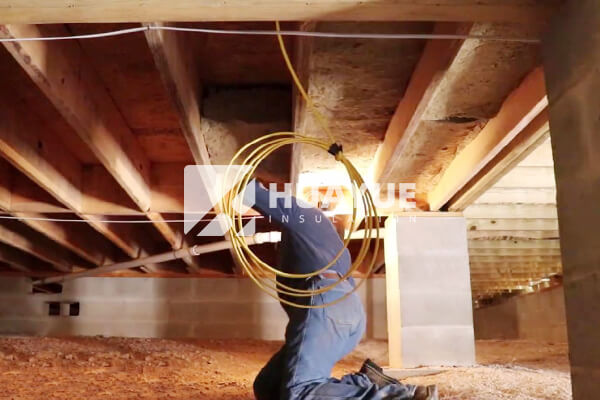
Rockwool stands out because it is made from volcanic rock spun into fibers. This allows it to handle moisture better than fiberglass. It will not sag or fall when wet. I have seen it last for years under floor joists without breaking apart. Unlike foam, rockwool does not burn easily and creates a fire barrier, which matters in an enclosed spot like a crawl space.
Here’s how rockwool compares on key crawl space needs:
| Feature | Rockwool | Fiberglass | Closed-Cell Spray Foam |
|---|---|---|---|
| Moisture Resistance | Excellent | Poor | Excellent |
| Fire Resistance | Very High | Moderate | High |
| Mold Resistance | Very High | Moderate | Very High |
| R-Value per Inch | 3.0–4.0 | 2.2–2.7 | 6.0–7.0 |
| Cost | Moderate | Low | High |
From my own projects, I find rockwool does not crumble or collect water like fiberglass. You do need a vapor barrier in heavy moisture areas, but the rockwool itself stays stable. That means less maintenance. Install the batts snug between joists, and they will keep the space warmer and drier year after year.
What are the disadvantages of ROCK WOOL insulation?
Some homeowners avoid rockwool because they hear downsides from neighbors or contractors. Let’s look at the real drawbacks.
Rockwool insulation can be messy to install, costs more than fiberglass, and may leave fibers in the air if not handled with care. It can scratch skin and irritate eyes.
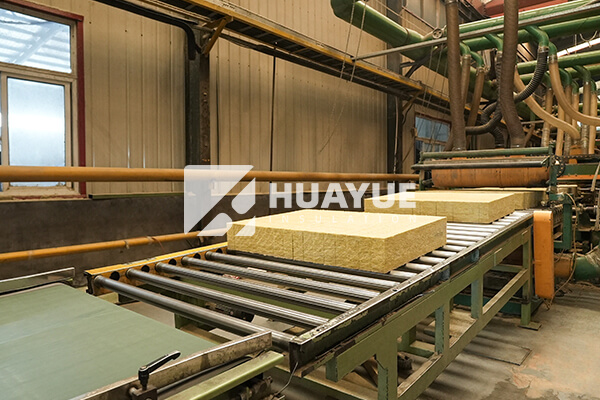
Rockwool is heavier and denser than most common batts. When cutting or fitting it, sharp fibers can irritate my skin and eyes, so I always wear gloves, sleeves, and a mask. There is also some sound if you pack it in tightly. Since it is denser, it provides good sound blocking but can be tougher to shape for odd angles.
Another thing to consider is price. Rockwool can cost twice what basic fiberglass does. But I think its long-lasting performance makes it worth it. If you plan to DIY, know that rockwool requires a sharp knife and patience to fit around wires and pipes.
There is also the question of sourcing. Not all local stores carry the full sizes or shapes you may need, especially for tight crawl spaces.
Here’s a simple breakdown of the main challenges:
| Disadvantage | Explanation | Solutions |
|---|---|---|
| Itchy fibers | Skin and eyes get irritated | Gloves, mask, eye protection |
| Higher cost | Can be expensive compared to fiberglass | Long-term savings |
| Heavy/dense | Harder to cut and fit in tight spaces | Good tools, careful work |
| Occasional shortage | Not all sizes stocked everywhere | Order ahead, plan supply |
Before I started using rockwool, I worried about the itchiness and cost. But with the right gear, I found the benefits far outweigh the hassle.
What is the best type of insulation to use in a crawl space?
Crawl spaces see tough conditions, and many wonder which insulation really performs best. Should you pick foam, fiberglass, or rockwool?
Closed-cell spray foam gives the best insulation and moisture blocking, but rockwool is a strong runner-up for its durability, fire resistance, and mold control.
Choosing insulation depends on your space and budget. Spray foam is king for unvented sealed crawl spaces. It creates an air and vapor barrier in one step. But it is costly and must be installed by a pro. For vented crawl spaces or if you want to install yourself, I use rockwool batts because they handle water, don’t support mold, and slow down fire. That can be all you need for most homes.
This table shows the head-to-head comparison:
| Insulation Type | Best for | Pros | Cons | Install Type |
|---|---|---|---|---|
| Closed-cell foam | High-moisture, unvented | Highest R-value, air barrier | Expensive | Professional |
| Rockwool | Vented, DIY, fire risk | Fire, water, mold resistant | More prep needed | DIY/Pro |
| Fiberglass | Dry, low-budget, upgrades | Cheap, easy to install | Sags, absorbs water | DIY |
| Rigid foam panels | Dry, retrofit/basement | Easy to fit, resists moisture | Needs sealing | DIY |
In my work, I recommend rockwool if you want a balance—durability, moisture resistance, safety, and a reasonable price. Installing it is simple for most homeowners with basic tools. Attach a heavy plastic vapor barrier if your crawl space is damp. For the toughest environments or high water tables, closed-cell foam is worth the extra money.
Will mice chew through ROCK WOOL insulation?
Critters can ruin insulation, causing headaches for homeowners. Some say mice chew through anything, but does that include rockwool?
Mice rarely chew through rockwool because it is dense, scratchy, and has no food value. They prefer softer, warmer materials like fiberglass or foam.
I have opened up crawl spaces years after putting in rockwool and found no nests or tunnels. The rough fibers feel uncomfortable to small animals, and there is no smell or food for them. Foam or light fiberglass attracts mice because it is soft and easy to burrow.
But no insulation is mouse-proof if you have big gaps or cracks. I always double-check for gaps where pipes or wires go through the crawl space wall. Sealing these with caulk or steel wool reduces the chances even more.
Here is what I found comparing different materials and rodent damage:
| Insulation Material | Mouse Resistance | Nesting/Burrowing Seen | Extra Steps Needed |
|---|---|---|---|
| Rockwool | High | Very rare | Seal gaps, check yearly |
| Fiberglass | Low | Common | Needs ongoing replacement |
| Spray Foam | Moderate | Sometimes tunneled | Use steel mesh around gaps |
| Cellulose | Low | Common | Avoid in crawl spaces |
From my own installs, rockwool stays solid, and rodents ignore it, especially when I carefully seal every entry point. It gives peace of mind that the insulation will perform as planned for years.
Conclusion
Rockwool insulation keeps crawl spaces dry, warm, and safe. It resists fire, water, and pests better than most alternatives. It is a smart pick for long-term peace of mind.
You may also be interested in:
Ready to Get Started?
Get in touch with our experts for personalized solutions tailored to your needs.
Get Free QuoteLatest Articles
Let's Work Together
Ready to take your business to the next level? Get in touch with our team of experts and let's discuss how we can help you achieve your goals.
Get Free Solutions
